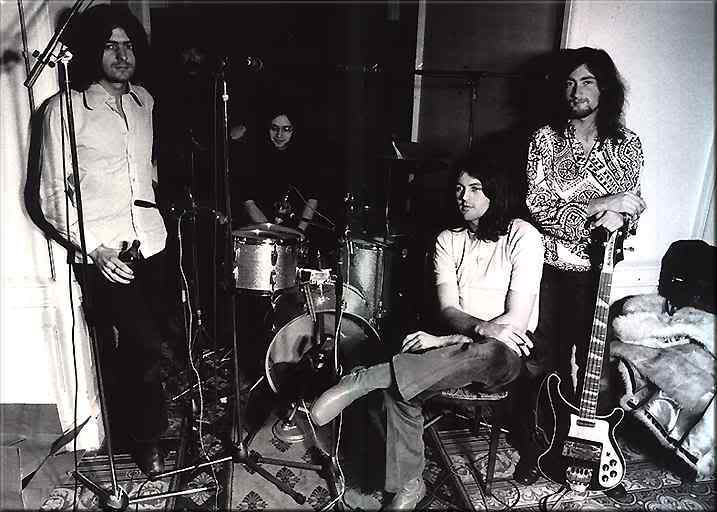Sorry for the long delay on posting more to this. I am a full time Director of Engineering for a large mom and pop broadcast group and we acquired a number of station’s and it’s been busy to say the least.
Anyway I thought I’d start here with some historical tracks of the typical way most musicians begin in home studios and some pitfall to help jump start the process.
My history starts in the early 60 s around Louisville, KY. I began hanging around the the engineer of A local radio station call sign not important.
Anyway I changed tubes and stuff.
Over the years took electronics in high school built audio and transmission equipment.
That is my technical background. I will say I am a self taught mixer and approach sound from a physics perspective unlike most of you.
I did work with an accoustistian designing sound systems in the 70’s where I got most of my sound and acoustical understanding.
I felt this history is important as most of you will think many of my ideas are strange.
Anyway the Mic placement I chose in this project as well as the Mic election was not to capture sound as you do.
I chose placement one nice based on the physics of the room.
2 of mics are CAD Audio C9. mini condenser mics. These are very small mics that have a unique frequency response and sound. I use these to enhance presence and clarity to the room. When properly placed they act as upper mid boost with out using EQ.
Another Mic I use is the B2 https://www.sweetwater.com/store/detail/B2Prothe in omni mode placed to capture the largest room sound possible
Blending the 3 mics above if properly placed give a great room reverberation and in the case of discussion here no artificial EQ is required for any of the guitar tracks I will post over the next few weeks.
My close mics are XML 990 ribbon and V250 along with a Ride NT1 NOT NT1 A.
OTHER MICS include SM5U, SM58 SAMSUNG SM 58 CLONE and a home made “subkick” made from a coaxial 6x9 car speaker and a snare drum and other low end dynamic mics. A cool story on the "subkick that and how it works.
I hope his is interesting as I am not a typical mixer and the stuff I use is very different.

 Whatever it is, is what it becomes. I’m just honored to see what you come up with.
Whatever it is, is what it becomes. I’m just honored to see what you come up with. 
